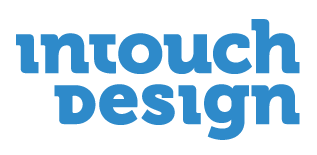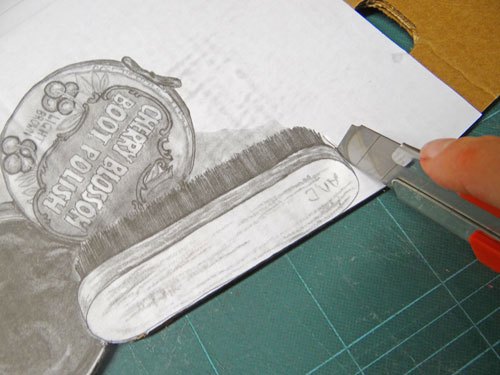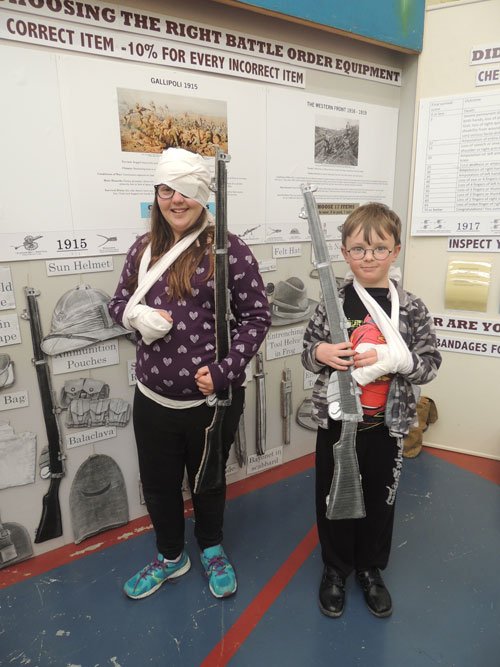What is an Analogue Game and why do we need one?
An analogue game is a non-digital game. Analogue games are a less expensive and more effective way of bringing social interaction to your exhibition than digital games. Social interaction increases visitor numbers, makes the visitor experience more fun, and provides more memorable or ‘sticky’ learning, than learning alone. Analogue games are especially useful for school groups but they are not just for kids! Adults enjoy and learn from them too, so don’t shove them in the “kid’s corner”. Integrate them throughout your exhibition(s). They work best if facilitated by a staff member, but can also stand alone to be played by unguided visitors, or for visitors to return and play in their own time.
How do you Design an Analogue Game?
The discipline of designing analogue games is new to museums. Intouch Design has been researching and learning by doing. Here are a few ideas about how to design your own game:
Too Hard to Design Your own Game?
Intouch Design is developing themed, educational, analogue games that anyone can make, anyone can play, and anyone can use as a teaching tool. We send you the content and design as digital files. You make the game according to your budget and needs. We provide ongoing support, updates, and redesign for the inclusion of new material via the internet. So far we have developed the games Survivor WW1 and Pacific Explorers. Intouch Design can also develop a game on a theme of your choice. Development costs are negotiated according to the scope of work, the sale-ability of your theme, and the public good of your message.
What does an intouch Design Game provide?
It provides an all-in-one exhibition and education package, on a specific theme.
It increases visitor numbers at 25% of the cost of a traditional traveling exhibition
It actively engages the visitor
It provides lasting learning outcomes through collaborative and cooperative kinesthetic play
It enlivens and contextualizes traditional static artefact displays, or it can stand alone.
It provides easy-to-build content and instructions to make your own interactive exhibit, panels and furniture, according to your level of skills and resources.
It can be easily and inexpensively updated to include new feedback and visual content from visitors, curators, and designers.
It can be shown simultaneously in different locations so there is no need to book into a travelling exhibition schedule. As it can be updated remotely via the internet, there is also the potential to exchange opinions and expertise between distant communities.
It uses or re-uses sustainable materials, eliminates shipping miles, and produces zero waste.
How it works: The Delivery and Cost
The Exhibition IP (content and construction drawings) for each themed game, such as Survivor WW1, is licensed to the client for a year. There is an annual renewal fee thereafter. The client prints and makes their own exhibition from digital files. Drawings are provided for different levels of construction, so that a client can make the exhibition according to their human and financial resources: The most economic construction is made by hand out of inexpensive recycled materials with unskilled labour and a small amount of handy-man level carpentry. For a higher level of finish, less staff time and a medium bugdet, files can be supplied for commercial laser cutting and printing. Costs are specific to each Game.





